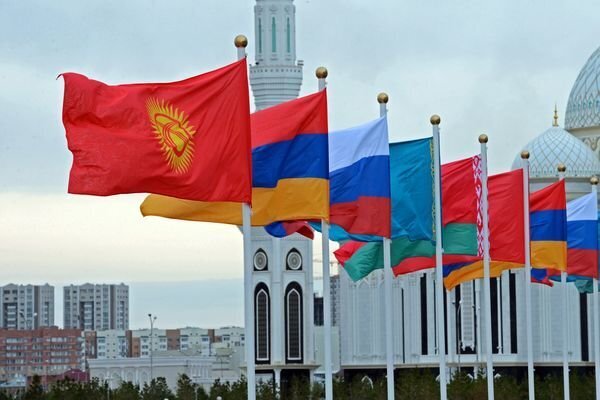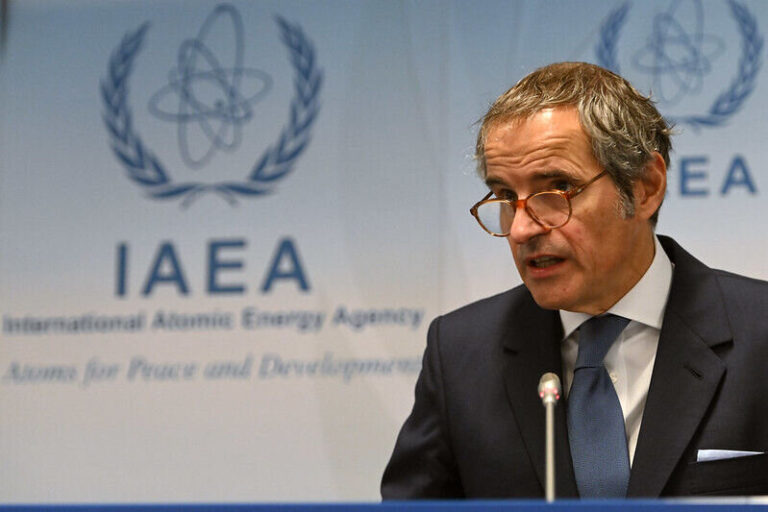Iran and EAEU Member States Launch New Trade Era with FTA Implementation: TPOI Reports
In a significant development for international trade, Iran has reached an agreement with the Eurasian Economic Union (EAEU) that will allow for the majority of goods traded between them to be exchanged without tariffs. This landmark Free Trade Agreement (FTA) is set to take effect on May 15, 2025, and is expected to enhance economic cooperation and trade relations between Iran and the five member countries of the EAEU, which include Russia, Kazakhstan, Belarus, Armenia, and Kyrgyzstan.
According to official sources, approximately 87 percent of the goods traded between Iran and the EAEU countries will enjoy zero tariffs. This initiative aims to foster a more robust trading environment and encourage business between these nations.
Details of the Trade Agreement
The comprehensive list of goods that will be exempt from customs tariffs for exports from Iran to the EAEU countries has been compiled based on the Harmonized System (HS) code. This classification system is crucial for ensuring that the trading process is systematic and organized.
Statements from Officials
On May 12, a spokesperson for the Iranian Foreign Ministry highlighted the positive impact of this agreement. They stated that the implementation of the FTA will significantly enhance trade and economic cooperation between Iran and the EAEU member states.
Esmaeil Baghaei, the Iranian Foreign Ministry spokesman, emphasized this sentiment in his remarks to RIA Novosti. He mentioned that the agreement is a pivotal step towards strengthening economic ties:
“The implementation of this agreement between Iran and the EAEU member states will result in a substantial increase in trade and economic exchanges between Iran and the five countries.”
Implications for Future Trade
The agreement’s effectiveness is anticipated to create a more favorable trading atmosphere, which could lead to:
- Increased export opportunities for Iranian goods, enhancing their competitiveness in the EAEU markets.
- Strengthened economic ties between Iran and its neighboring countries, promoting regional stability.
- Potential growth in bilateral trade volumes, benefiting both Iranian and EAEU economies.
Russian Deputy Prime Minister Alexei Overchuk also commented on the agreement in late March, confirming that the FTA will indeed take effect on May 15. This confirmation adds to the anticipation surrounding the new trading landscape.
Conclusion
As the implementation date approaches, businesses and stakeholders within the EAEU and Iran are preparing to capitalize on the opportunities presented by this zero-tariff trade framework. The agreement represents a significant step towards deeper economic integration and cooperation among the member states. With the expectation of increased trade volumes and improved economic relations, all eyes will be on how these changes unfold in the coming years.
This strategic partnership not only promises to benefit the involved nations economically but also sets a precedent for future trade agreements in the region. As both parties work closely to facilitate the transition into this new trading regime, the potential for mutual growth and development remains high.






